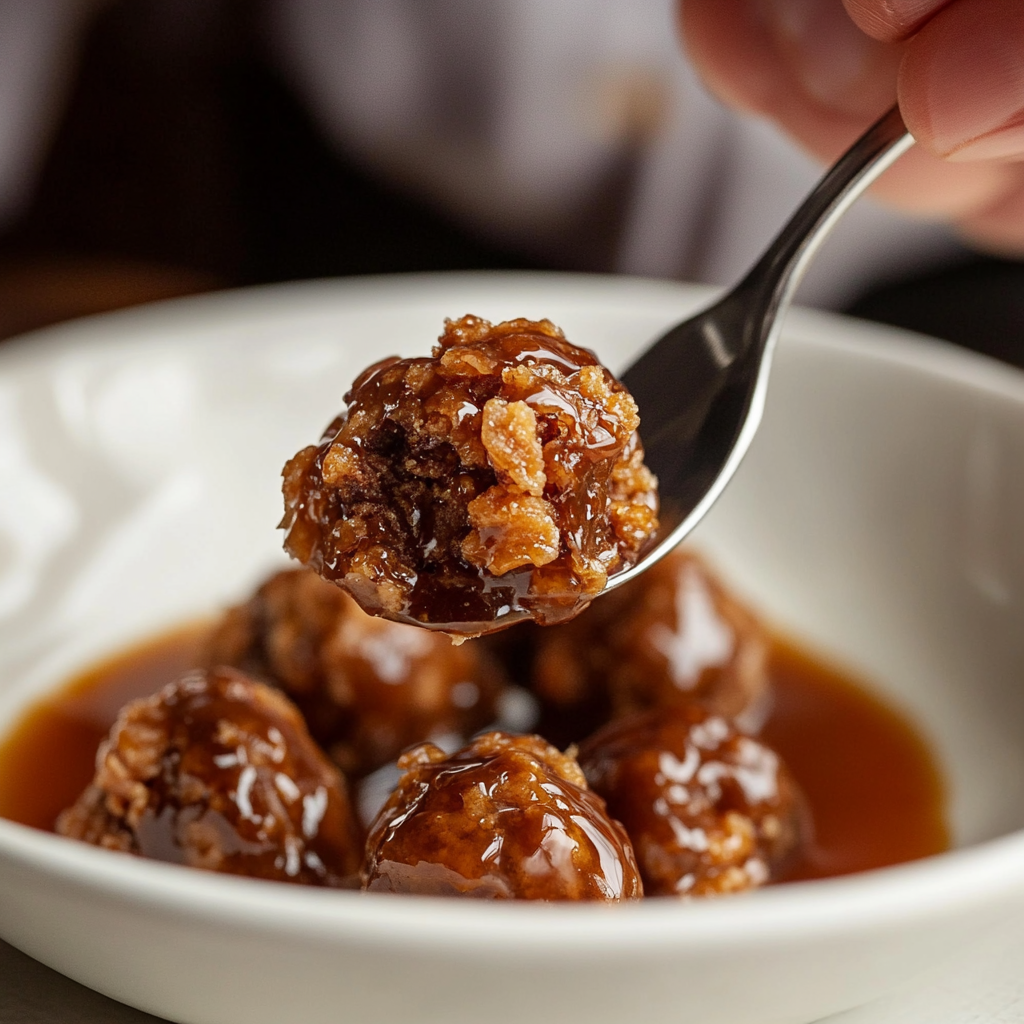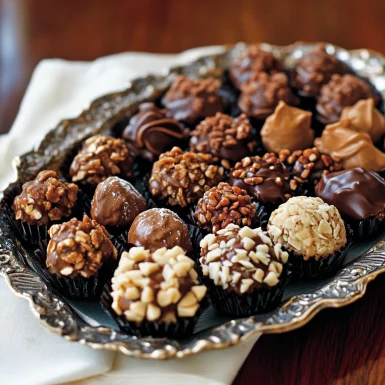The South’s Best Pralines Recipe
Pralines are a quintessential Southern treat, known for their rich, buttery sweetness and melt-in-your-mouth texture. Originating from French settlers in Louisiana, pralines evolved into a Southern classic featuring pecans and a unique creaminess. Making them at home is simpler than you might think and creates a perfect homemade gift or a delightful dessert for any occasion. This guide will walk you through the process step by step, ensuring that your pralines are rich, nutty, and perfectly caramelized every time.
Ingredients
Basic Ingredients
- 1½ cups (300g) granulated sugar
- 1½ cups (300g) light brown sugar, packed
- 1 cup (240ml) heavy cream or evaporated milk
- ¼ cup (60g) unsalted butter
- 2 cups (250g) pecan halves, toasted for deeper flavor
- 1 tsp vanilla extract
- Pinch of salt
Optional Additions
- ¼ tsp cinnamon for a hint of warmth
- Sea salt flakes for sprinkling on top

Step-by-Step Instructions
Step 1: Prepare Your Ingredients
- Toast the pecans: Preheat the oven to 350°F (175°C). Spread the pecans on a baking sheet and toast for 8-10 minutes, or until they become fragrant. Let cool.
- Prep your workspace: Line a baking sheet or a heatproof surface with parchment paper or a silicone mat.
Step 2: Cook the Sugar Mixture
- Combine the ingredients: In a large, heavy-bottomed saucepan, add the granulated sugar, brown sugar, heavy cream, butter, and a pinch of salt.
- Heat over medium: Stir constantly until the butter melts and the sugar dissolves, creating a uniform mixture.
- Monitor the temperature: Attach a candy thermometer to the side of the saucepan and continue cooking until the mixture reaches 236°F (113°C) (soft ball stage). Stir occasionally to prevent sticking and burning.
Step 3: Add Pecans and Vanilla
- Remove from heat: Once the mixture reaches the soft ball stage, take the pan off the heat and let it sit for about 30 seconds.
- Add flavor: Stir in the vanilla extract and the toasted pecans.
- Beat the mixture: Using a wooden spoon or heat-safe spatula, stir the mixture vigorously for 2-3 minutes until it thickens slightly and begins to look creamy. This step is key to achieving the signature praline texture.
Step 4: Shape the Pralines
- Spoon the mixture: Quickly drop spoonfuls of the praline mixture onto the prepared parchment paper or silicone mat. Work swiftly, as the mixture will harden as it cools.
- Let them set: Allow the pralines to cool at room temperature for about 20-30 minutes or until completely set.

Serving and Storage Tips
- Serving: Enjoy the pralines as they are or alongside a scoop of vanilla ice cream for a decadent treat.
- Storage: Store the pralines in an airtight container at room temperature for up to one week. For longer storage, layer them with wax paper in a container and refrigerate for up to 2 weeks.
- Gift idea: Wrap each praline individually in wax paper for a charming homemade gift.
Helpful Notes
- Texture troubleshooting: If the pralines are too soft, you may not have cooked the sugar mixture to the correct temperature. If too hard, they were cooked for too long or at too high a temperature.
- Cooling tip: If the mixture hardens in the pot before you can spoon it out, place it back on low heat and stir gently to loosen it up.
Tips from Well-Known Chefs
- Chef John Besh’s Tip: Use fresh, high-quality pecans for the best flavor. Toasting them enhances their natural oils and sweetness.
- Chef Paula Deen’s Insight: Adding a touch of cinnamon to the mixture provides an extra layer of warmth and depth to the pralines.
- Chef Emeril Lagasse’s Note: Stirring the mixture too much after it thickens can lead to crystallization, making the pralines grainy. Stir just until thickened and then scoop them onto the sheet.
Frequently Asked Questions
1. Can I use other nuts instead of pecans?
Yes, while pecans are traditional, you can try walnuts or almonds for a different flavor profile.
2. What’s the ideal temperature for making pralines?
The mixture should reach 236°F (113°C) for a soft ball stage. This ensures the correct texture.
3. Can I make pralines without a candy thermometer?
It’s possible but riskier. Test a small spoonful in cold water; it should form a soft ball when rolled between fingers but flatten when removed.
4. Why did my pralines come out grainy?
Grainy pralines typically occur if the sugar crystals form too early. Ensure the sugar is completely dissolved before the mixture starts boiling and avoid over-stirring once thickened.
5. Can I add chocolate to the recipe?
Yes, fold in chocolate chips just after removing the mixture from heat for a praline-chocolate twist.
6. What’s the difference between Louisiana-style and other pralines?
Louisiana pralines often have a creamier texture, thanks to the inclusion of cream or evaporated milk, compared to European pralines that are harder and candy-like.
7. Can I double the recipe?
It’s best to make one batch at a time to ensure even cooking and consistent results.
8. Why did my pralines spread too much?
This happens when the mixture is too hot when spooned out. Let it cool slightly until it thickens.
9. Is salted butter okay to use?
You can, but reduce or omit the added salt in the recipe.
10. Can I use half-and-half instead of heavy cream?
Yes, but the pralines may be slightly less rich and creamy.
Dive into the tradition of Southern pralines with this recipe and savor their perfect blend of buttery caramel and toasted pecans. Whether you’re sharing with friends or enjoying solo, these pralines are sure to impress!
